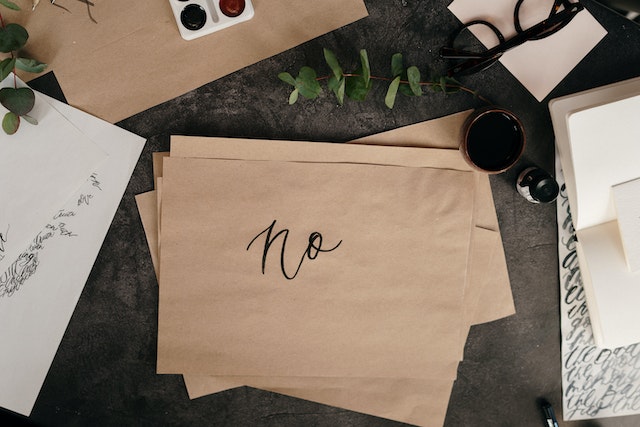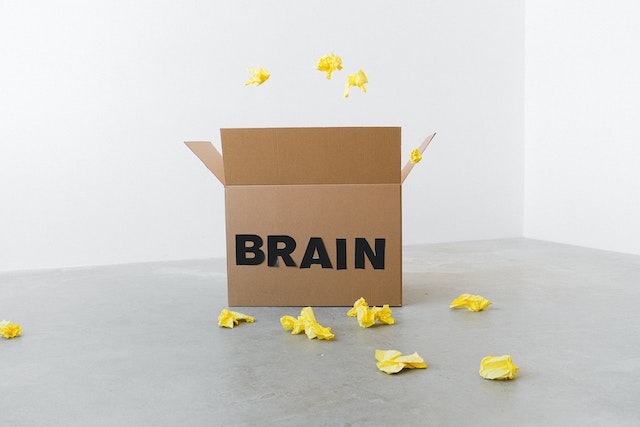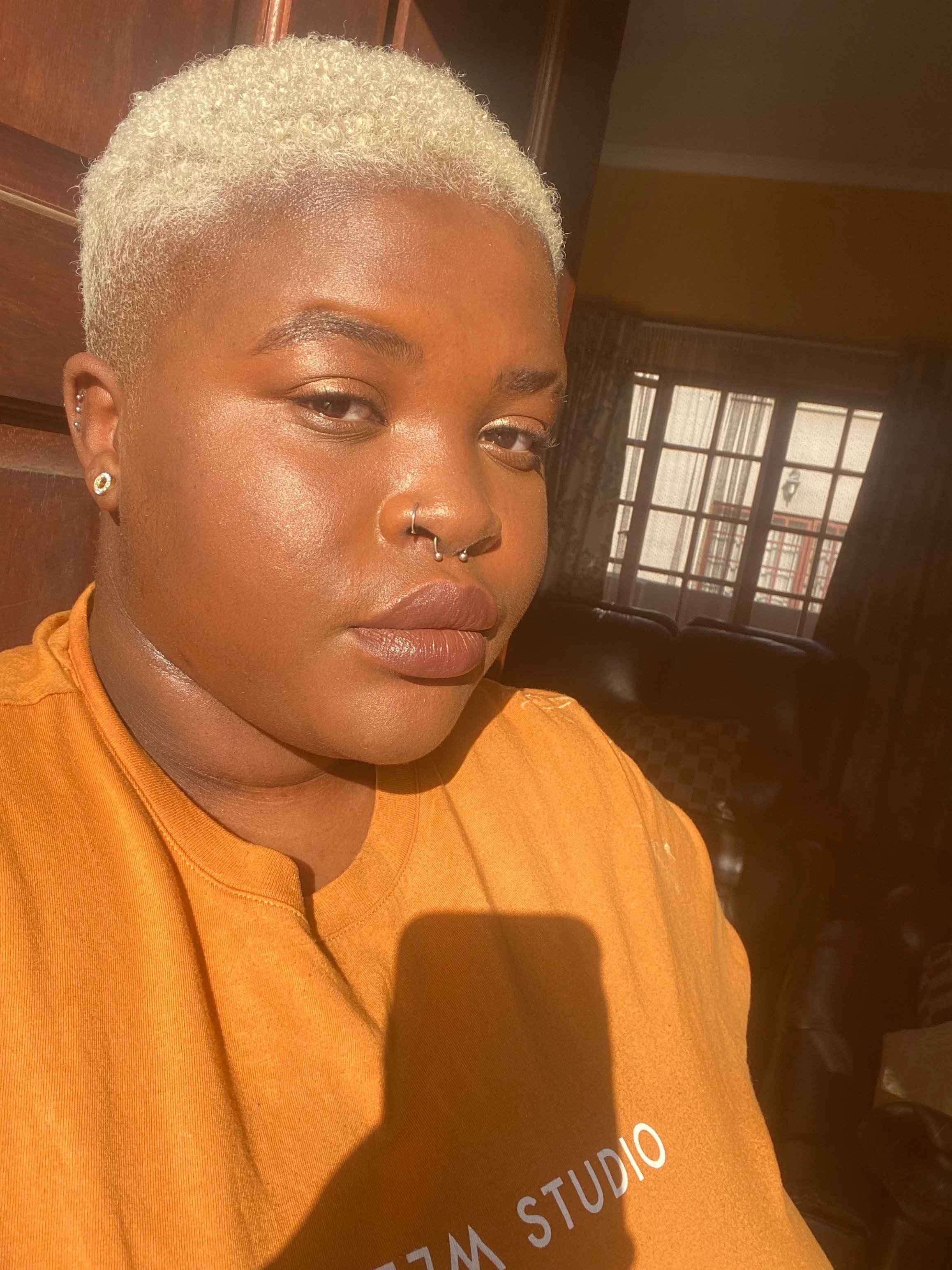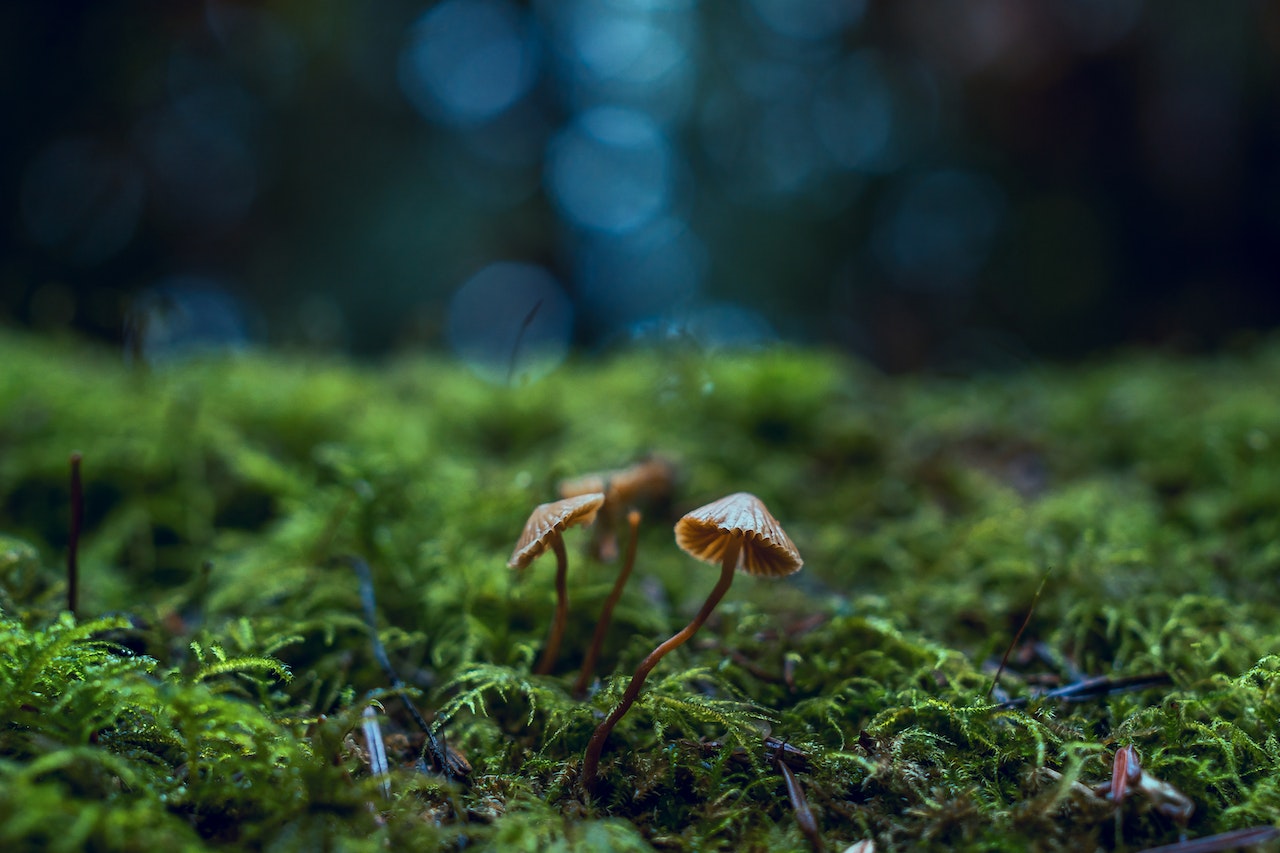If you’re impulsive like me, you know how it feels to sit down to work and feel drawn to any other task besides sending those emails (which is why working from home with ADHD is a struggle.) My time management skills dissolve when a million distractions surround me, but creating an active list of distractions helps me stay focused at work, and have more peaceful free time.
And you can achieve this, too.
Too long; didn't read
- Avoid impulses when you need to focus by creating a brain dump
- Write down everything you need to do and filter out anything that can wait
- Add to your list as you work to understand better what distracts you and find how to avoid them
What is a to-don’t list (or a not-to-do list)?

Lots of ADHDers have a love-hate relationship with lists. I love writing things and getting them out of my head, but it’s doubtful I’ll return to the list later.
Creating a to-don’t list is when you write down all the tasks you do, want to do, or think about while you need to focus. (i.e. working, studying, adulting)
Why you need a to-don't list as an ADHDer
This kind of list is most effective when you re-read it later to reflect on your habits... but, since we all have ADHD, I can confirm it's still helpful even if you never look at it again. Simply writing things down is more powerful than you think.
1. Procrastination productivity (AKA "procrastivity")
My daily battles with trying to focus often makes me adhere to the opposite of a to-do list. My brain is never interested in doing laundry until I have something critically important to do. Suddenly, the laundry seems like my highest priority, even when I have a higher priority right in front of me.
It never fails: the second I sit down to be productive, my brain wants to procrastinate with anything slightly more interesting, even if it's a chore I normally hate doing.
Procrastivity (avoiding high-priority tasks by doing other “busy work”) makes both the critical and non-critical work suffer.
2. ADHD time blindness
Another trap I fall into? Time myopia, or "time blindness".
I'll start on a task thinking it'll take “like, two seconds”, only to end up spending 15 minutes on it.
...or 4 hours.
...or 8 days.
Keeping track of what I do throughout the day helped me become more aware of what I spend my time on. (Spoiler alert: it's usually not what I should be spending my time on.)
3. Impulsivity and distractibility
*new text*
*Twitter notification*
*random thought that pops into your head that you absolutely must Google right now!*
The world is full of distractions, but people with ADHD are especially prone to getting distracted. We're also more likely to impulsively respond to those distractions than others. And once you engage with those distractions, it can feel impossible to shift your focus back to the task you were supposed to be doing.
For example, my distractions could be a chore I need to do - like dishes or taxes - or it could be researching how magicians cut people in half: a task that doesn’t need to happen during work hours (or, potentially, ever).
Switching between tasks puts ADHDers at risk for focus derailment. And before you know it, you're no longer in a work mindset, and it takes almost 30 minutes to get back into focus mode.1
How to make your very own to-don't list
Step 1: Make a brain dump.

Start your to-don't list by making a brain dump at the beginning of the day. Make sure you have enough room to write, because you'll need to use this space all day to jot down tasks, ideas, reminders, etc. — pretty much anything you want. This helps clear out your mental cache, and helps to identify any potential distractions.
You'll need to make a bigger dump in the morning (haha, gross) and then you'll add to it throughout the day.
Before the day begins, add these to your brain dump:
- Important tasks you should probably do today (ex: checking your work email)
- Tasks you want to do today, but aren't high priority (ex: finally texting your friend back)
- Non-negotiable tasks for the day (ex: your therapy session, work meetings, eating meals)
Throughout the day, add these:
- Important tasks you completed
- Unimportant tasks you spent time on
- Random ideas
- Reminders, notes
- Worries, stressors, frustrations
💡 Pro tip! Add the amount of time you spent on each thing for better insights later on.
Step 2: Identify significant distractions with a "do later" list.

Take your brain dump and turn it into a two-column list, where one column is a “to-do” list, and the other a “do later” list (which will later evolve into your "to-don't" list). This can be done during the day, or you can wait until the end of the day—whatever makes the most sense to you.
Obviously, the priority tasks (ones you should do, ones that are important for your well-being, etc.) go on the "to-do" side... and literally everything else goes on the other side.
Then, write down any obviously-distracting stuff you know you have a habit of doing, like online shopping or scrolling Instagram. These go into your "do later" column.
Ideas for your “do later” column:
- Productive tasks you'd enjoy with more time (ex: organizing your emails, starting a new hobby)
- Rewarding tasks (ex: watching an episode of a new show)
- Urges to do low priority chores, like organizing your pantry by food group. (Don't say you haven't done this!)
- The sudden desire to research a topic that might send you down a rabbit hole
Step 3: Add to both lists as you work.

This is mentioned in step one, but it's so important that it gets its own step:
Keep adding tasks, thoughts, etc. to your lists! (or brain dump if you're waiting until the end of the day to separate it into two columns).
Think of your to-don’t list as a never-ending brain dump. As you work, pay attention to those ADHD urges to clean out your junk drawer or learn to play piano—write them down when they come to you.
Simply acknowledging the thought can help you say, “no, brain! We’re not thinking about that right now, but I’ll get to it later. Maybe.”
Chances are, you’ll find tasks or impulses you really didn’t need on your list of "to-do's". Ignore those for now, and move essential tasks to the "to-do" column. (Don't erase the nonessential ones. You need those for your to-don't list!)
⚠️ Heads up! You might have a pretty weird list when you're done. But that's the fun part.
Step 4: Compare it with previous to-don't lists.

Now that you have a collection of your distracting tasks, you’ll know what to avoid the next time you need to be productive. (Like tomorrow, probably.)
Then, combine your lists into one massive collection of your distractions, impulses, and random ideas.... also known as your very own "to-don't" list.
Consider ways to avoid or limit your to-don't tasks:
- Do you keep getting distracted by your phone? Turn on Do Not Disturb during work hours.
- Distracted by external stimuli? (coworker conversations, traffic, etc.) Try using white noise to drown out distractions and focus better.
- Have a habit of "just checking the news really quick", but end up doom-scrolling for an hour? Give yourself a time limit with a visual timer.
Step 5: Learn to say no to your ambitious brain.
My to-don’t list taught me that my brain tends to be one step (or more) ahead of itself -
When I’m home, I plan what I need to do at work; when I'm at work, I plan my errands for the drive home. As a result, I'm not fully present for either of those parts of my day, which makes both my work and free time suffer. I wasn't saying no to myself enough.
This "not-to-do" exercise may make it easier for you to start saying no to distractions and impulses.
What you don’t do matters as much as what you do do
If it feels good to eliminate items from a to-do list, imagine how good you’ll feel when you don’t entertain those unhelpful urges! Releasing an impulse by writing it down takes much less time than getting up and doing it. Once you have free time, you might realize you didn’t need to do them anyway.
Impulse control is easier said than done. Remember, you can do anything, but you can’t do everything. Skipping less critical tasks on your to-do list can relieve stress and give you more free time to do the things that are important to you. They say, “to know thyself is the beginning of wisdom,” and getting in the habit of making a to-don’t list is a great way to get to know yourself.
Eventually, you might even be able to stop distractions in their tracks.


.jpeg)



.jpg)

